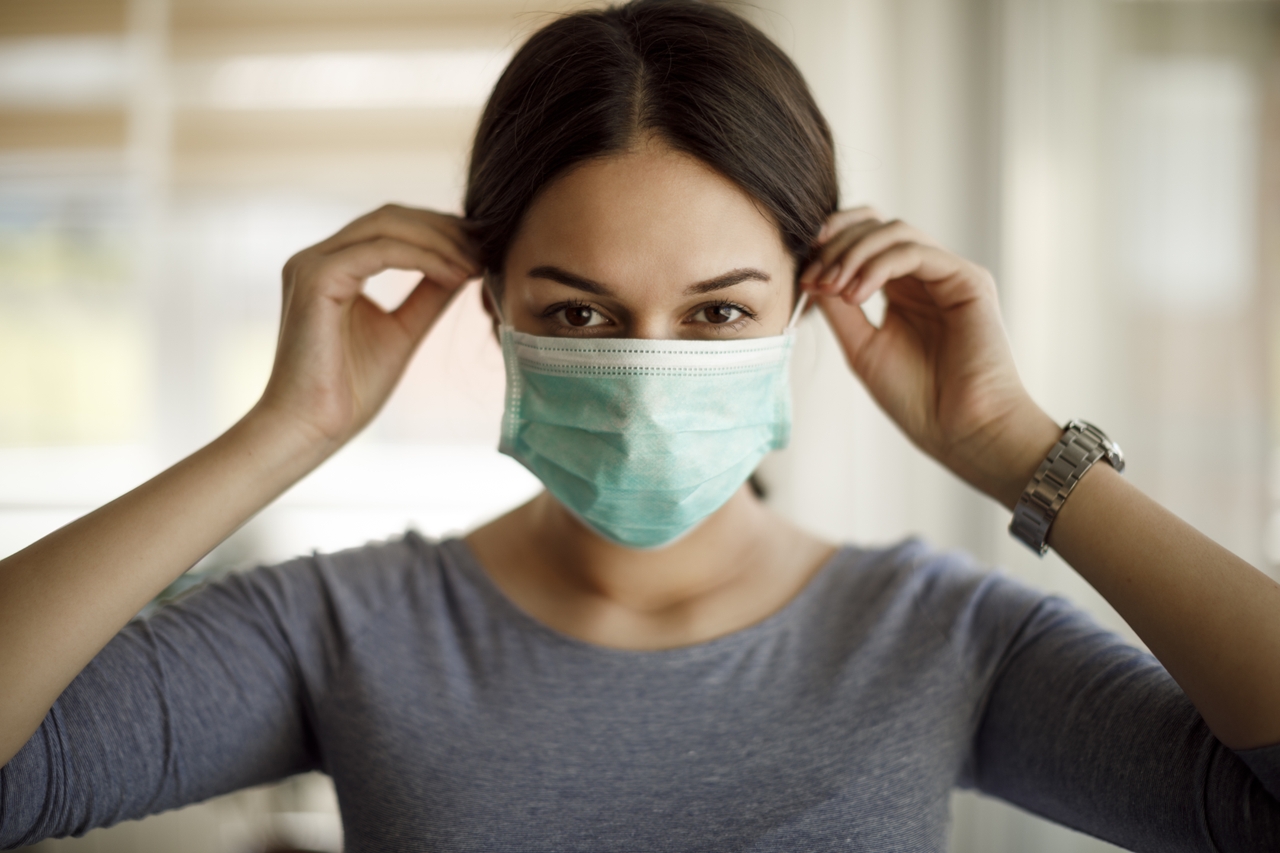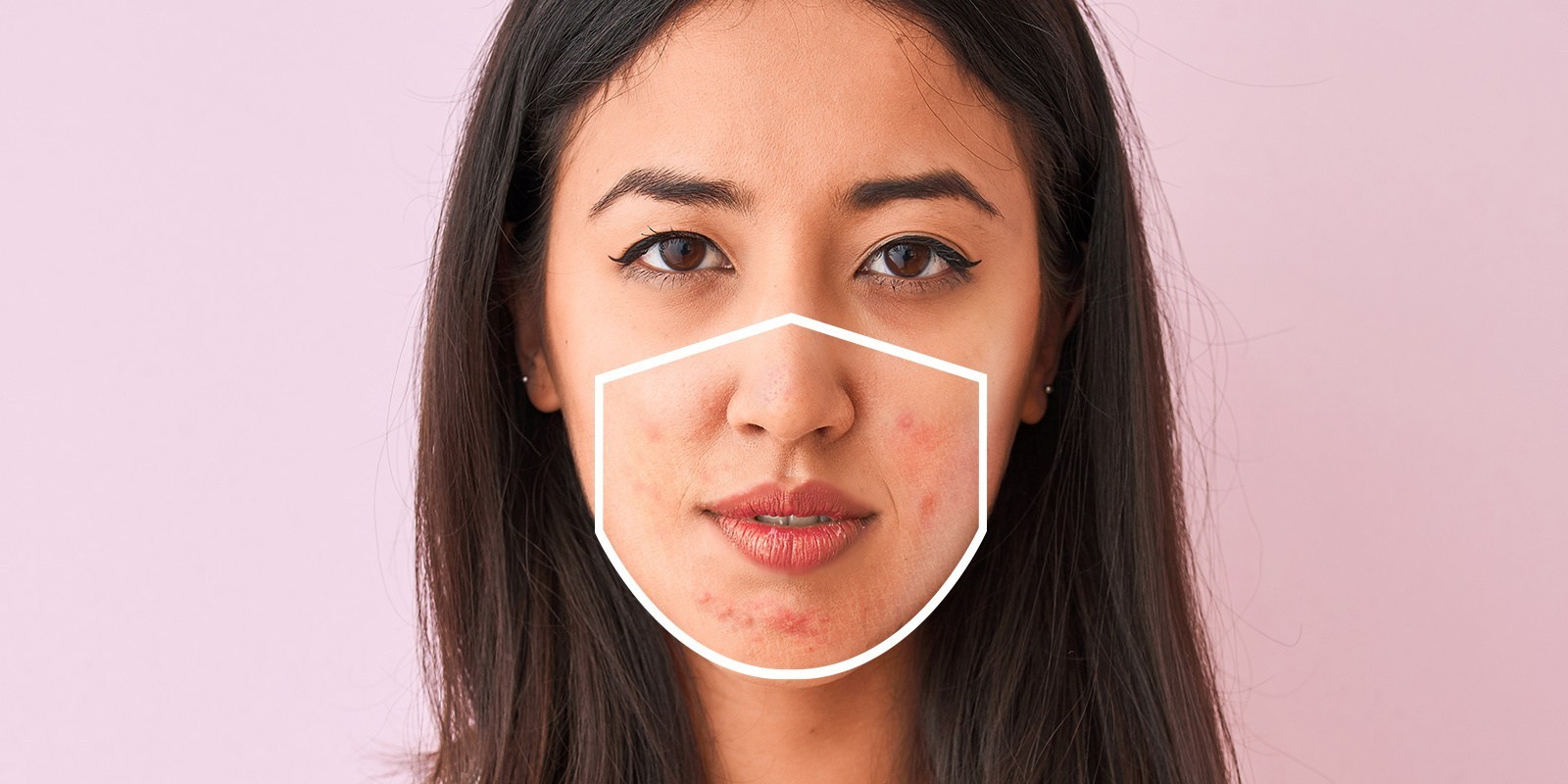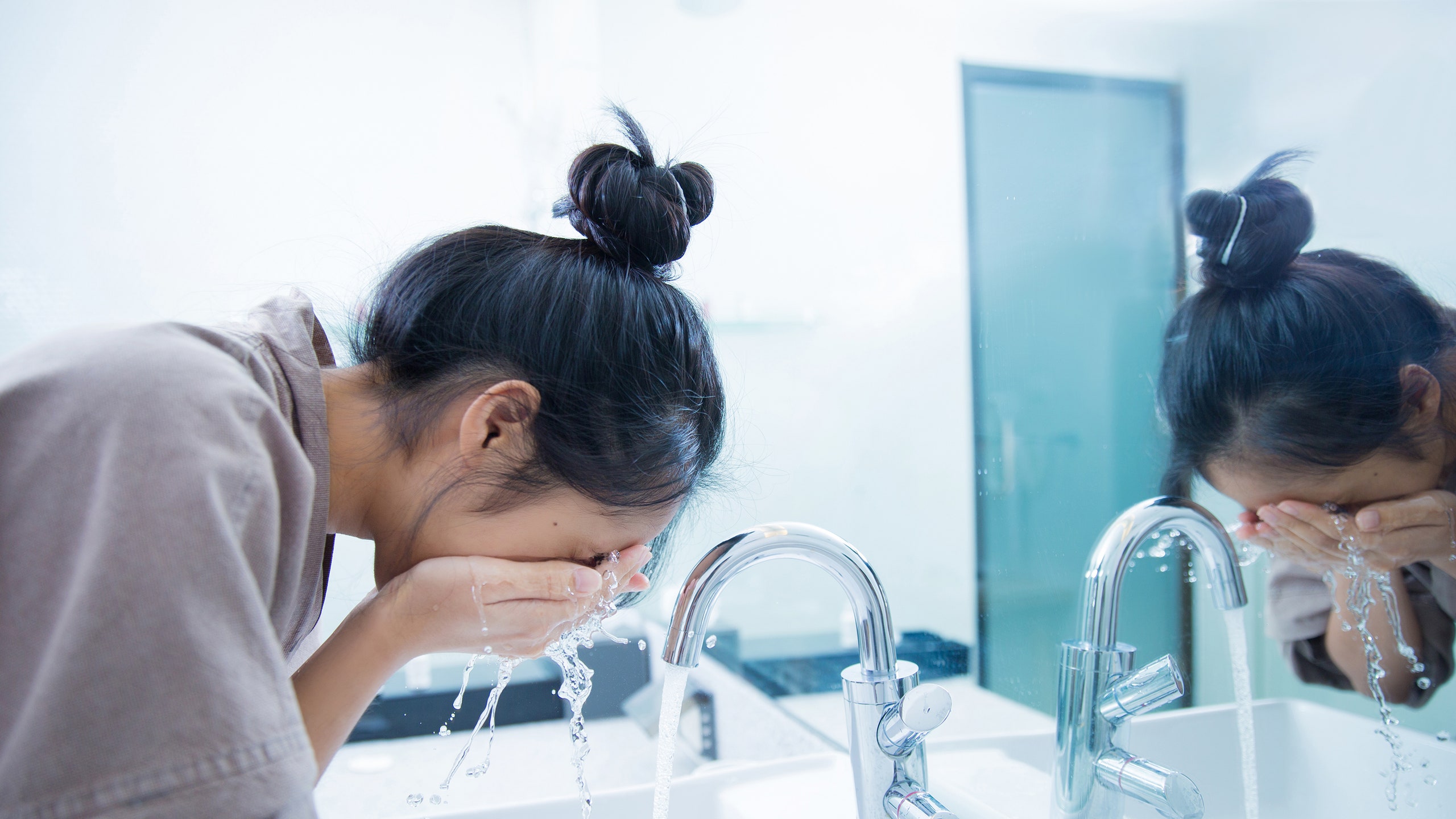
Mask-wearing has been a way of life to curb the spread of Covid-19 and to keep everyone safe and in good health upon stepping out of home.
With long hours of donning face masks, some of us might have developed a rash or some form of skin irritation around the mouth area, which dermatologists often refer to as “maskne” or Acne Mechanica.
What is Acne Mechanica
A form of acne that is triggered by excess heat, friction, pressure or rubbing of the skin, Acne Mechanica usually develops on one’s face or areas of the body such as the back and shoulders.
This form of acne comes in many forms – from blackheads to red, inflamed pustules. It starts off with a rough patch of skin and then progresses into inflamed blemishes and papules, which are tiny raised bumps on the skin.
Read also: The Keto Diet: What It Is and Should You Try It?
Causes of Maskne

The term ‘maskne’ came about during the pandemic to refer to acne that is caused by frequent wearing of a mask. It is primarily caused by the moisture-rich atmosphere around the mouth and nose that provides the perfect environment for bacteria to thrive.
Other factors that may contribute to maskne include:
Irritation due to friction
This is especially true for the area around the mouth and nose bridge, as the pressure on the skin and constant rubbing of the mask triggers the production of maskne.
Type of mask fabric
For greater value and sustainability for the environment, it is recommended that we consider using reusable cloth masks over disposable ones. This is where they type of fabric in which the mask is made of comes into play to ensure breathability and that it remains gentle on your skin.
Synthetic fabric such as polyester does not absorb sweat well and can be harsh on your skin. Wherever possible, go for 100% cotton which boasts of superior comfort which is great for your skin.
Protecting Your Skin Against Maskne

With your skin being the centre of your mask-wearing habits, maintaining good hygiene is key.
Here are some good practices to put in place to protect your skin from this form of acne:
1. Change mask regularly
Always ensure that you have ample supply of masks – be it disposable or reusable ones. With reusable masks, make sure that you give it a wash before the first use and regularly thereafter to prevent bacteria build-up.
It is also a great idea to have some spare masks handy so you can change them when they are soiled or wet.
2. Wash your face
And do it often! This is especially so if you have sensitive skin that is prone to breakouts. Do this at least two to three times daily with a mild face wash to keep the pores clean. However, do be wary of over-washing your face as this will lead to dryness and skin inflammation.
3. Use a non-comedogenic moisturiser
Opt for a rich moisturiser that contains hyaluronic acid and ceramides as this will prevent your pores from getting clogged. Apply moisturiser during the day and night, and repeat whenever your skin feels dry. Stay away from oil-based products as this will clog up your pores.
4. Don’t reuse disposable masks
Health authorities such as the CDC recommends that disposable masks are used once only as they cannot be washed or cleaned.
5. Go bare-faced
Here’s a great chance to skip your makeup routine! Makeup underneath your mask can clog pores and aggravate your skin. With the moist environment coupled with your makeup residues, this promotes the perfect environment for bacterial growth.
Read also: Mum Boss Story: The Healing Wonders of Oils for Healthier Families






















